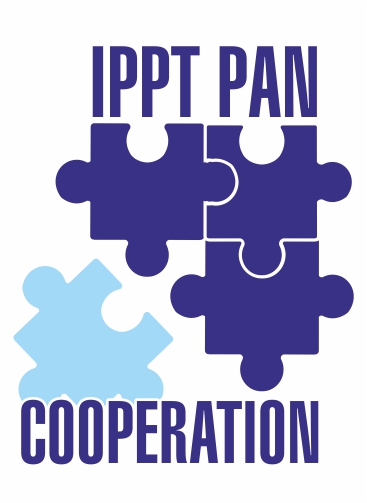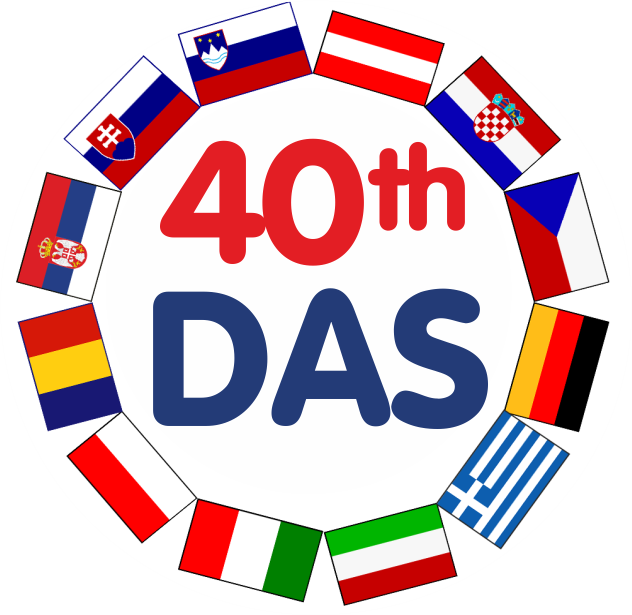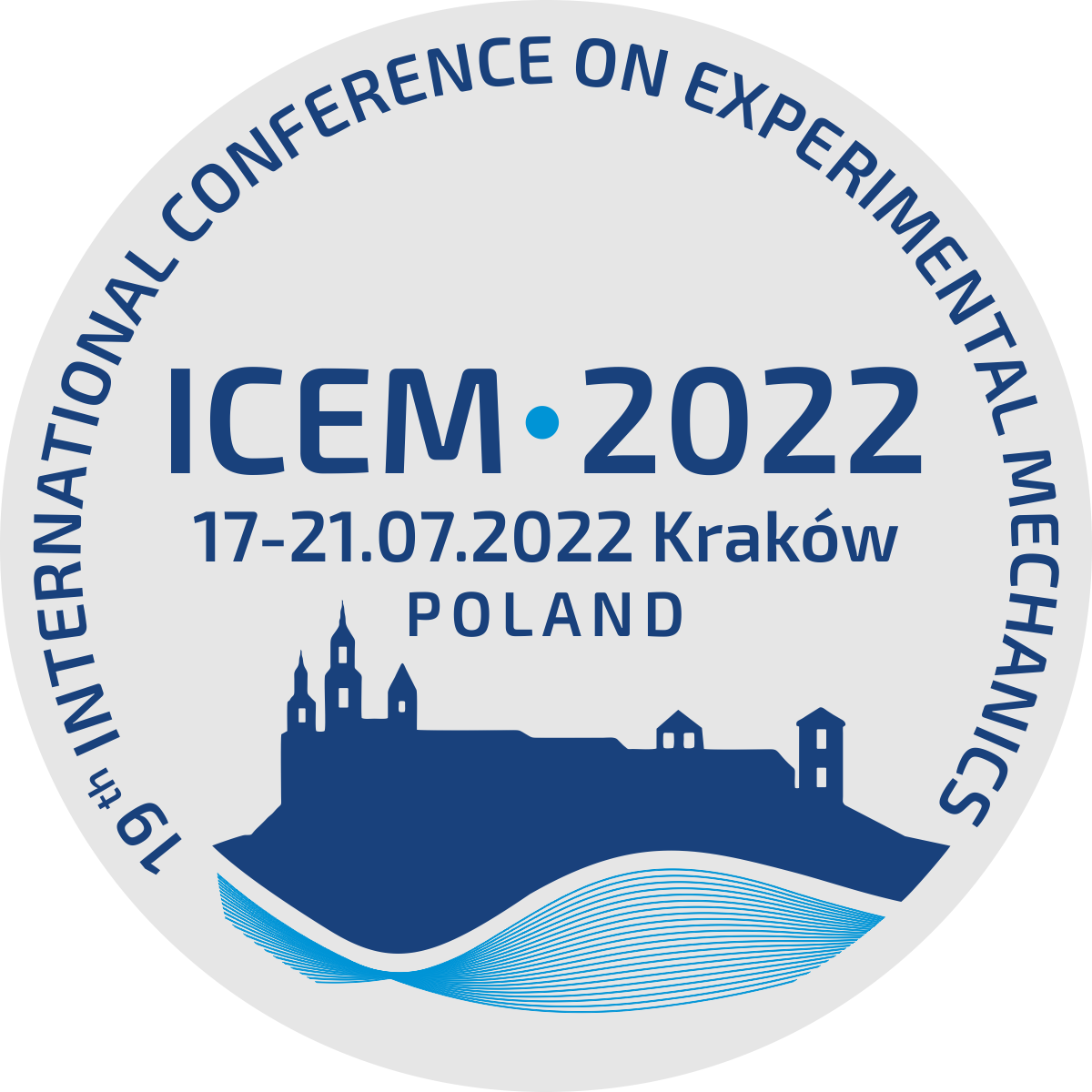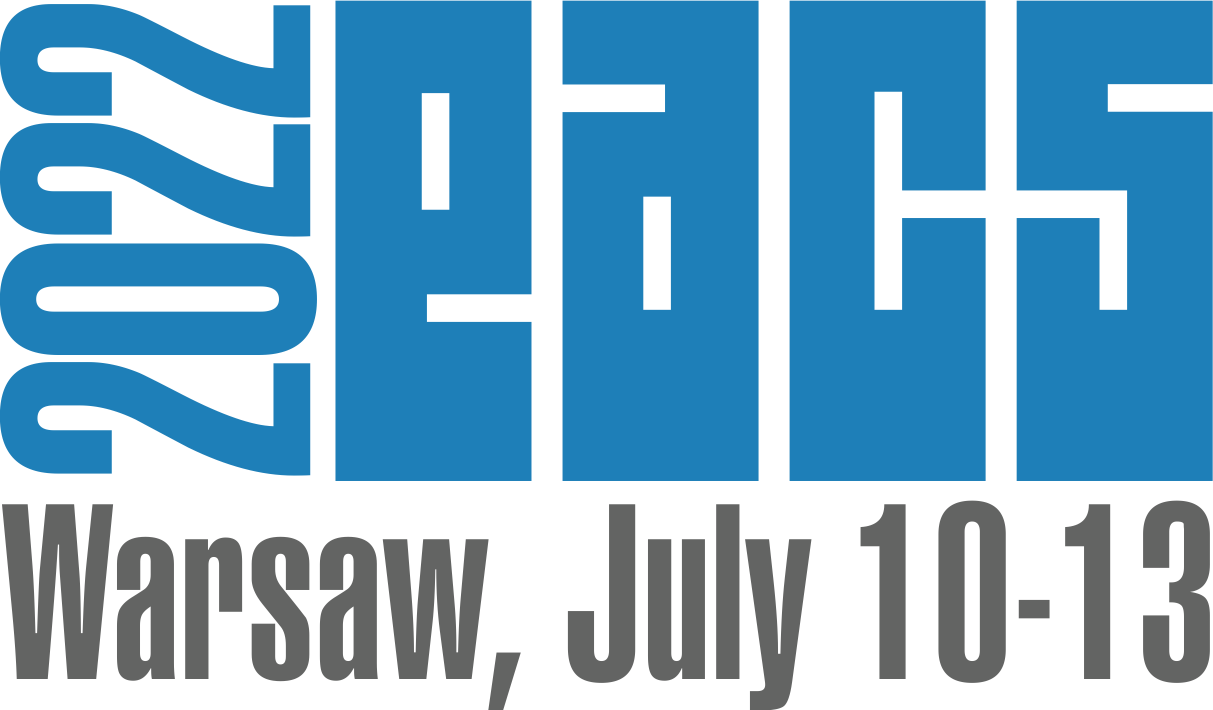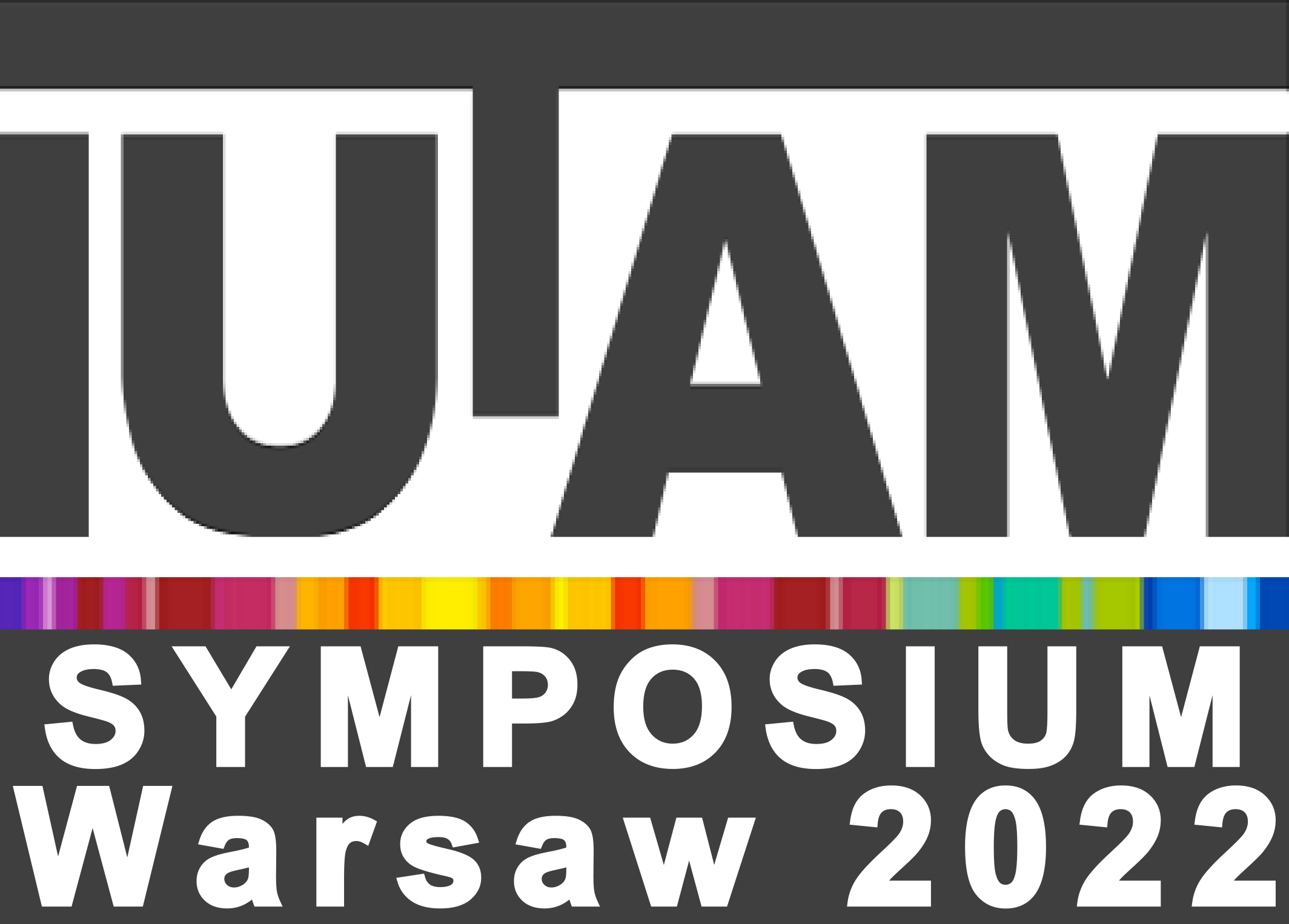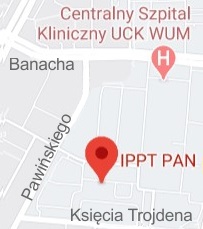Abstract:
Nicotinamide mononucleotide (NMN) is a promising therapeutic compound limited by instability and poor delivery control. This study introduces a novel approach by developing NMN-loaded liposomes and transethosomes coated with poly(vinyl alcohol) (PVA) to achieve stable, pH-responsive transdermal delivery, significantly improving bioavailability for clinical applications. Unlike conventional uncoated systems, PVA coating adjusted zeta potentials toward less negative values, enhancing colloidal stability, with liposomes shifting from −19 ± 0.73 mV to −15.6 ± 0.40 mV and transethosomes from −22.3 ± 0.84 to −17.72 ± 0.60 mV, and increases entrapment efficiency (e.g., transethosomes from 68.8% to 71.2%) while maintaining particle uniformity (polydispersity index reduced, e.g., from 0.421 to 0.342). FTIR and differential scanning calorimetry analyses confirmed the structural integrity and thermal stability. Ex-vivo studies demonstrated that PVA-coated formulations uniquely provide delayed, pH-dependent NMN release, contrasting with the rapid release of uncoated transethosomes at physiological pH, with reduced diffusion at pH 5.5 for targeted delivery. This innovative use of PVA-coated nanocarriers offers a transformative platform for controlled drug delivery, addressing critical NMN administration challenges.transdermal delivery, nanocarriers, liposome, transethosome, entrapment efficiency, stability
Keywords:
transdermal delivery,nanocarriers,liposome,transethosome,entrapment efficiency,stability
Affiliations:
| Sabbagh Mojaveryazdi F. | - | IPPT PAN |












